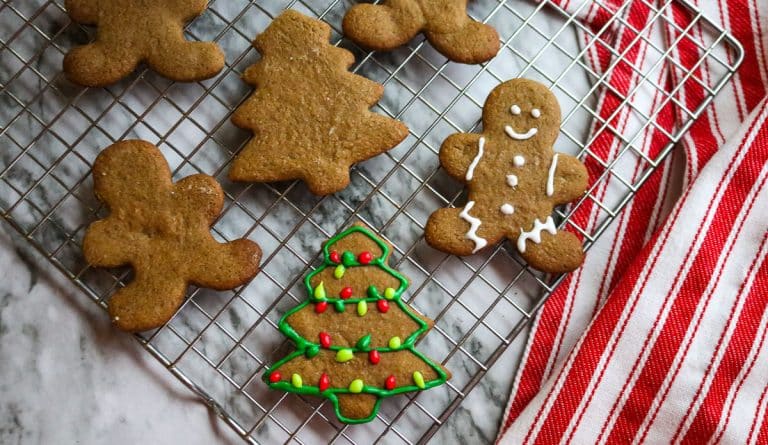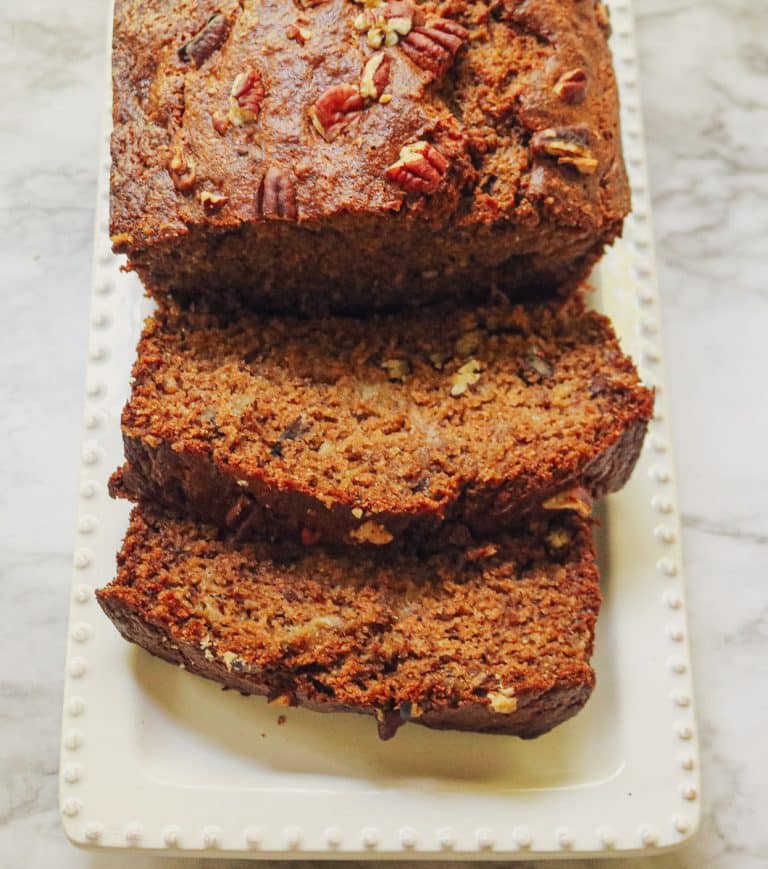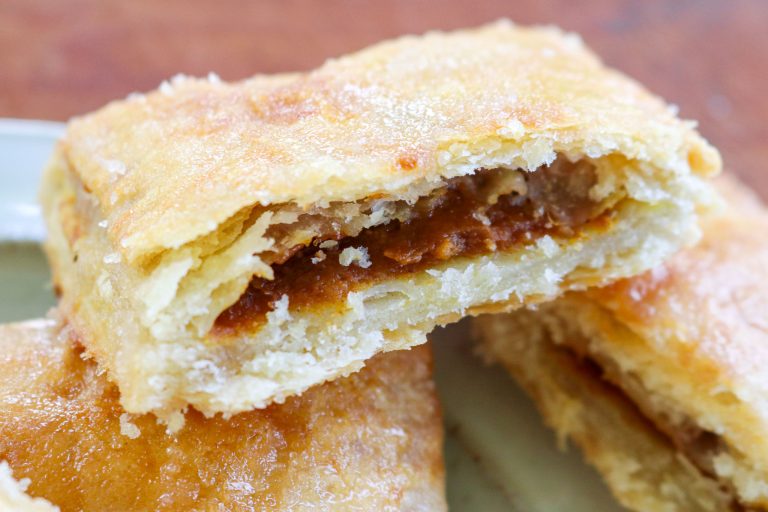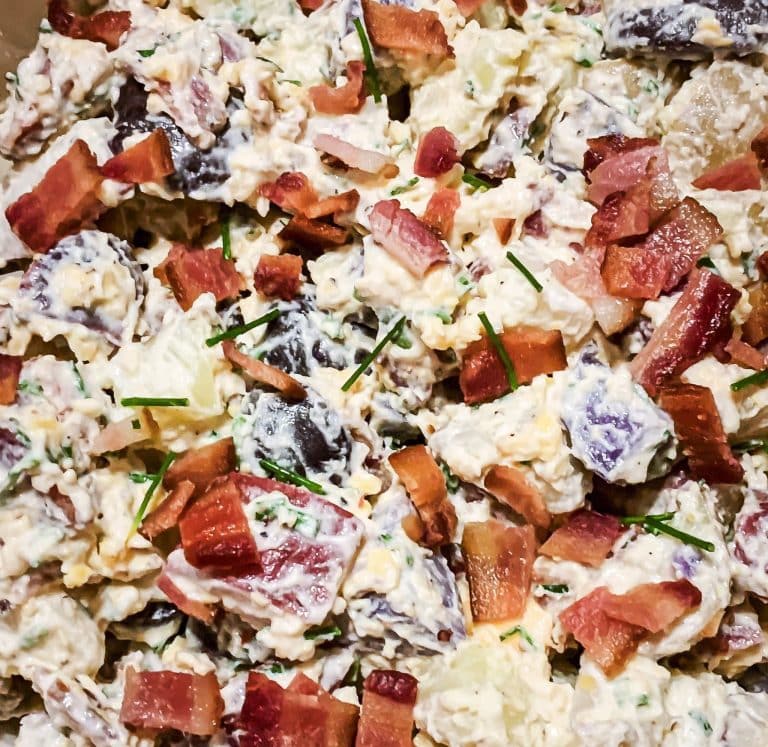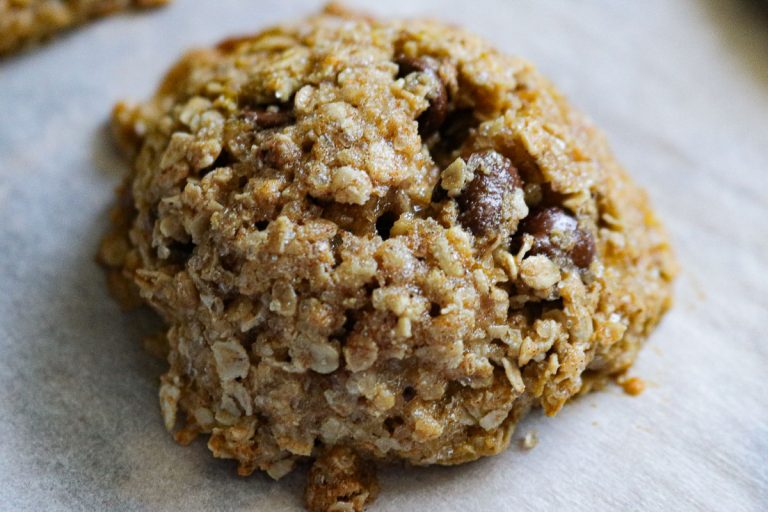Old Fashioned Cast Iron Buttermilk Biscuit Recipe
There is nothing more comforting than a bite of old fashioned buttermilk biscuits made in a cast iron pan. Slathered with fresh butter or smothered in sausage gravy, this easy 3 ingredient biscuit recipe could not be simpler.
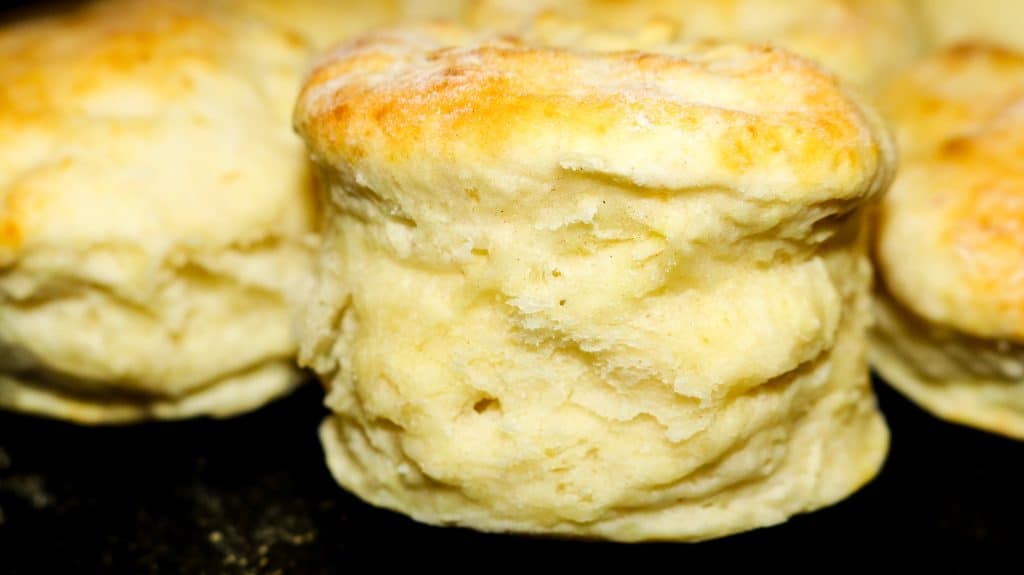
One bite of these flaky biscuits will take you back to a simple time at Grandma’s house.
Buttermilk biscuits need no introduction, they are a southern staple for good reason. Golden brown, flaky biscuits with a slight delicious tang from the buttermilk are only improved when baked in a hot cast iron skillet.
Cast iron skillets that are properly seasoned are naturally nonstick and cook very evenly ensuring each biscuit is baked to perfection.
Traditionally biscuits were a frugal food and therefore not made with butter. Mostly because butter was much more expensive than lard or saved fat such as bacon grease.
These biscuits can be made the old fashioned way with lard or by using other fats such as bacon grease, shortening or butter. Buttermilk or clabbered milk was used in place of fresh milk in traditional biscuits.
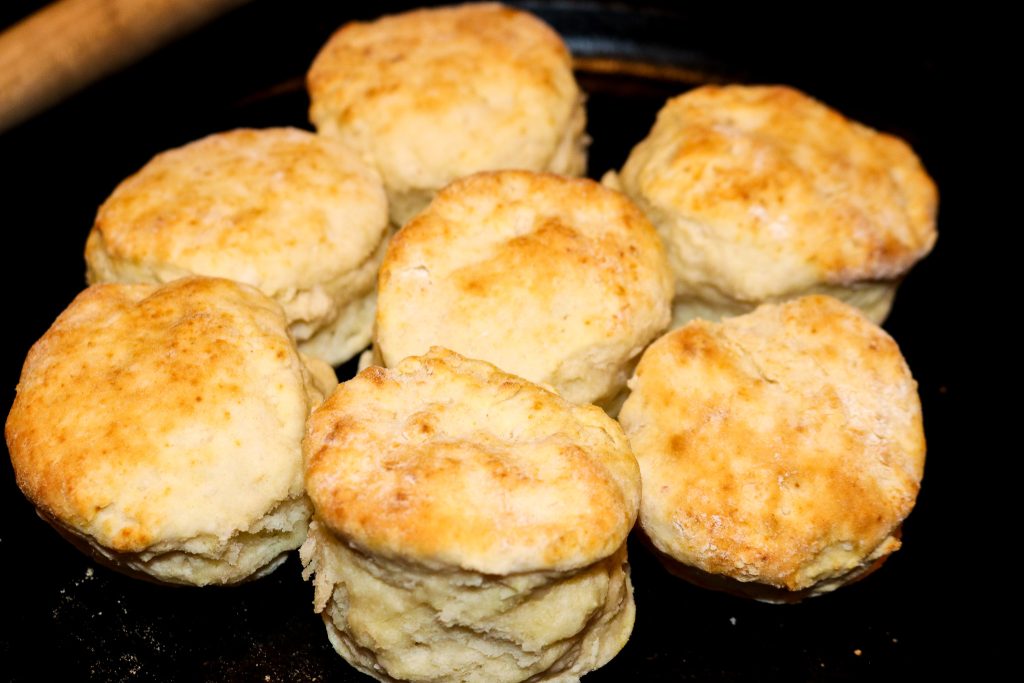
How to Make Old Fashioned Cast Iron Buttermilk Biscuits:
Ingredients:
- Buttermilk (see substitution below)*
- Self rising flour (or all purpose flour, check the notes below)
- Lard, butter, shortening or bacon grease
Three simple ingredients and a little technique is all you need to make the most perfect old fashioned cast iron buttermilk biscuits.
Helpful Tools:
- rolling pin
- biscuit cutter or mason jar
- measuring cup
- pastry cutter (completely optional)
- cast iron skillet or oven safe pan
Ingredients:
- 4 cups self rising flour
- 1 1/2 cups buttermilk
- 1/2 cup cold lard or fat of choice
Instructions:
1. Preheat the oven to 500 degrees and place your cast iron skillet in the oven during the pre-heating process.
2. In a large mixing bowl measure out four cups of self rising flour. If you do not have self rising flour, use the instructions below. Using your hands or a wooden spoon, make a well in the flour.
3. Add the lard or fat of choice into the well in the flour.
4. Using your hands or a pastry cutter, cut in your cold fat. Keep working the fat into the flour until the mixture resembles course crumbs.
5. Slowly add in buttermilk and mix with your hand or wooden spoon until just combined. Do not over mix.
6. Turn out the biscuit dough onto a lightly floured surface. Press dough into a ball, do not overwork the dough. Using a rolling pin roll out the dough, adding a little flour as necessary until the dough is about 1.5 inches thick.
7. Using a biscuit cutter or the rim of a mason jar, cut out biscuits by pressing the cutter straight down and pulling straight back up with out twisting the cutter. Avoid twisting the biscuit cutter when cutting out the biscuits as this seals the edges of the dough and won’t allow the biscuits to rise properly.
8. Carefully remove the hot cast iron skillet onto the top of the stove and quickly place the biscuits onto the hot cast iron skillet.
9. Bake the biscuits for 8-10 minutes or until golden brown and flakey.
10. Remove the hot biscuits from the oven and brush the tops with butter if you so desire. Serve warm with your favorite jam, jelly or gravy.
11. Store leftover biscuits in an airtight container once cooled.
For Step by Step Instructions Watch This Video:
How to Make Biscuits Without Self Rising Flour:
If using all purpose flour you will need to add in baking soda, baking powder and salt to your all purpose flour to make it self rising.
For every two cups of all purpose flour, add one tablespoon baking powder, a half TEASPOON of baking soda (be careful to not add too much baking soda as it will make the biscuits bitter), and one teaspoon salt.
Mix together your self rising flour substitute and follow the rest of the instructions as written.
How to Make Biscuits Without Butter:
Try using lard, saved bacon grease (strained), or shortening in place of butter in this biscuit recipe. Lard is the most traditional choice and contains helpful vitamins and minerals in it such as Choline and Vitamin D.
If you prefer a flakier biscuit, make sure your fat is cold and work it quickly into the flour so that it doesn’t melt.
If using an alternative to butter in a biscuit recipe such as lard or shortening, you may need to add a pinch of salt to your dough. Note that self rising flour already contains salt.
How to Make Buttermilk Biscuits Without Buttermilk:
If you don’t keep buttermilk on hand, you can quickly make a buttermilk substitute with 2 simple ingredients.
In a measuring cup or small bowl, measure out enough regular milk to make the amount of desired buttermilk. To the milk add a good splash of either white vinegar or lemon juice.
About a tablespoon should be enough for 1 cup of milk. Be careful not to add too much or the flavor will become too strong and acidic.
Let the mixture sit undisturbed for 5 to 10 minutes. The buttermilk substitution mixture is ready to use when the milk is curdled and thickened.
The chemical reaction between the acid of either the lemon juice or vinegar and the milk will cause the milk to curdle or “clabber” making the milk take on the sour tang of real buttermilk.
Buttermilk is the byproduct of making butter from whole milk before the cream is skimmed. After the milk is churned and butter forms, what is left behind is delicious, tangy buttermilk. This substitution will work in any baking recipe calling for buttermilk.
Best Ways to Serve Old Fashioned Buttermilk Biscuits:

- Top with butter and your favorite jam
- Sausage gravy
- Chocolate gravy
- Bake on top of chicken pot pie for a delicious dinner!
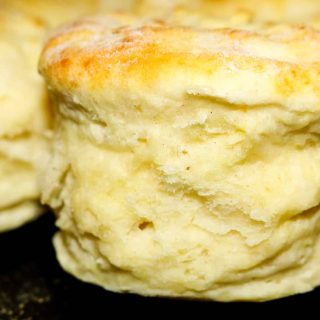
Old Fashioned Cast Iron Buttermilk Biscuit Recipe
Ingredients
- 4 cups self rising flour
- 1 1/2 cups buttermilk
- 1/2 cup cold lard or fat of choice
Instructions
- 1. Preheat the oven to 500 degrees and place your cast iron skillet in the oven during the pre-heating process.
- 2. In a large mixing bowl measure out four cups of self rising flour. If you do not have self rising flour, use the instructions below. Using your hands or a wooden spoon, make a well in the flour.
- 3. Add the lard or fat of choice into the well in the flour.
- 4. Using your hands or a pastry cutter, cut in your cold fat. Keep working the fat into the flour until the mixture resembles course crumbs.
- 5. Slowly add in buttermilk and mix with your hand or wooden spoon until just combined. Do not over mix.
- 6. Turn out the biscuit dough onto a lightly floured surface. Press dough into a ball, do not overwork the dough. Using a rolling pin roll out the dough, adding a little flour as necessary until the dough is about 1.5 inches thick.
- 7. Using a biscuit cutter or the rim of a mason jar, cut out biscuits by pressing the cutter straight down and pulling straight back up with out twisting the cutter. Avoid twisting the biscuit cutter when cutting out the biscuits as this seals the edges of the dough and won't allow the biscuits to rise properly.
- 8. Carefully remove the hot cast iron skillet onto the top of the stove and quickly place the biscuits onto the hot cast iron skillet.
- 9. Bake the biscuits for 8-10 minutes or until golden brown and flakey.
- 10. Remove the hot biscuits from the oven and brush the tops with butter if you so desire. Serve warm with your favorite jam, jelly or gravy.
- 11. Store leftover biscuits in an airtight container once cooled.

